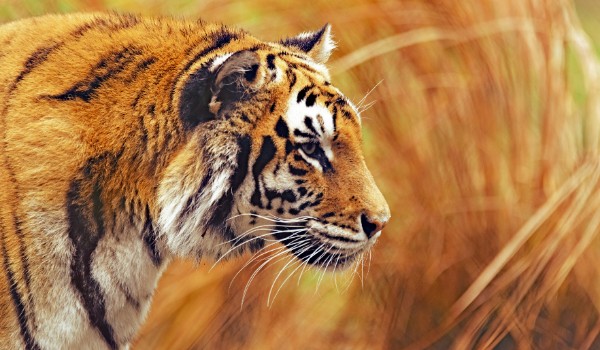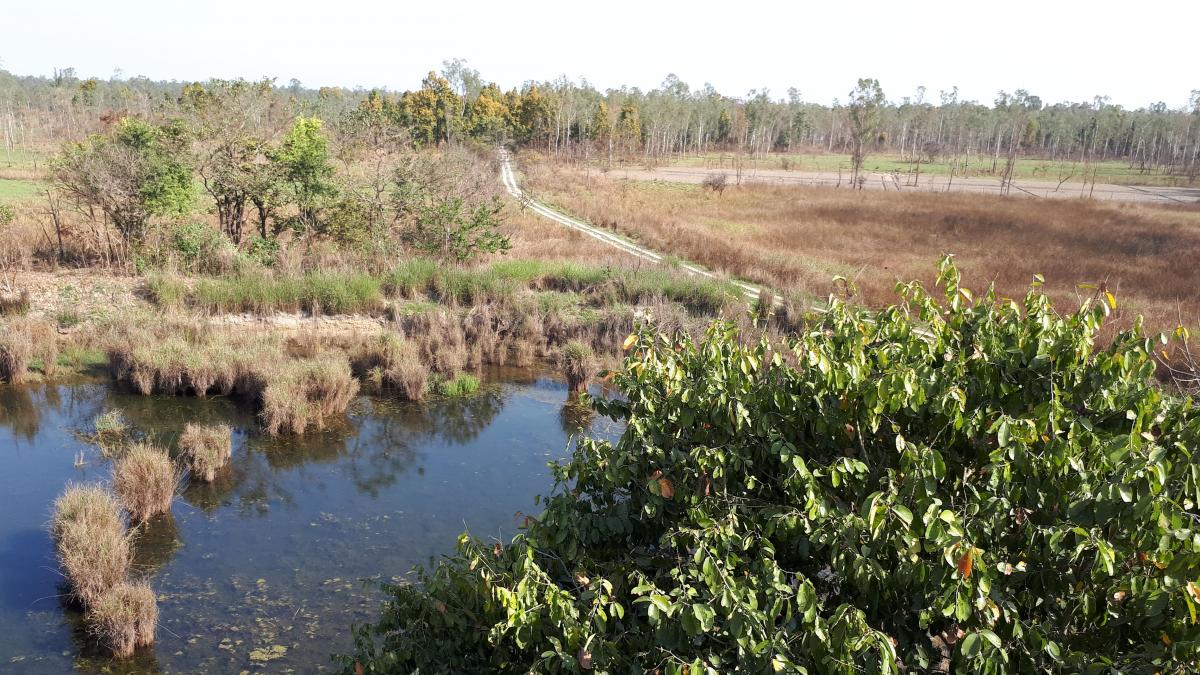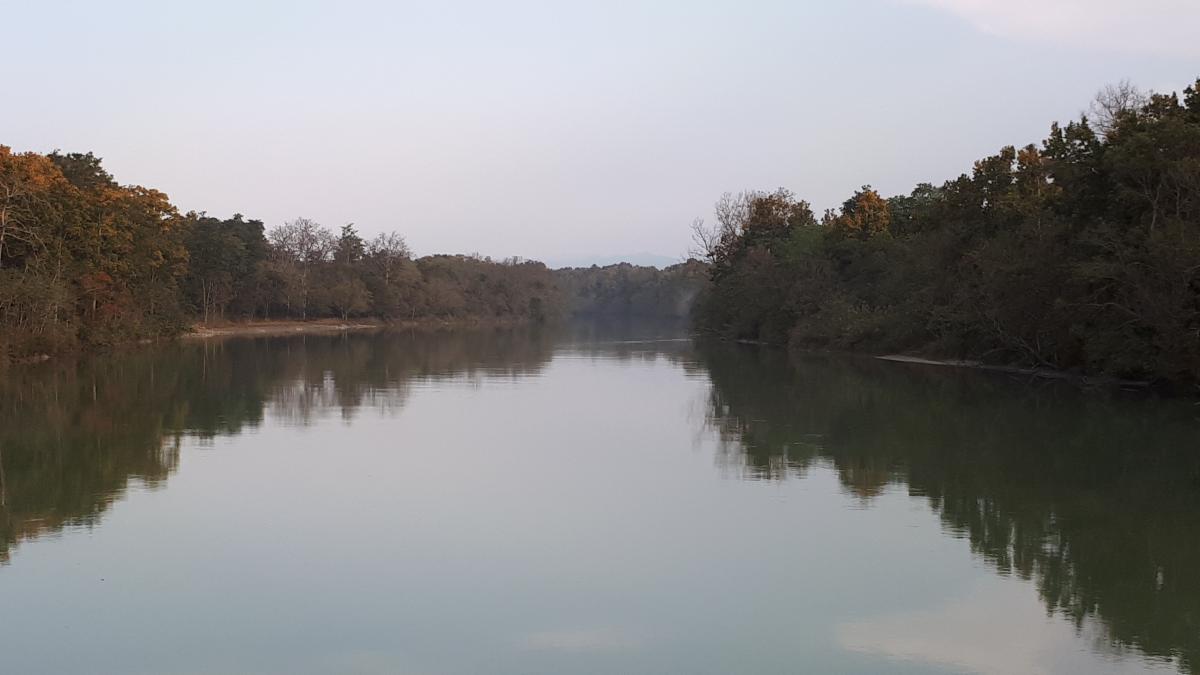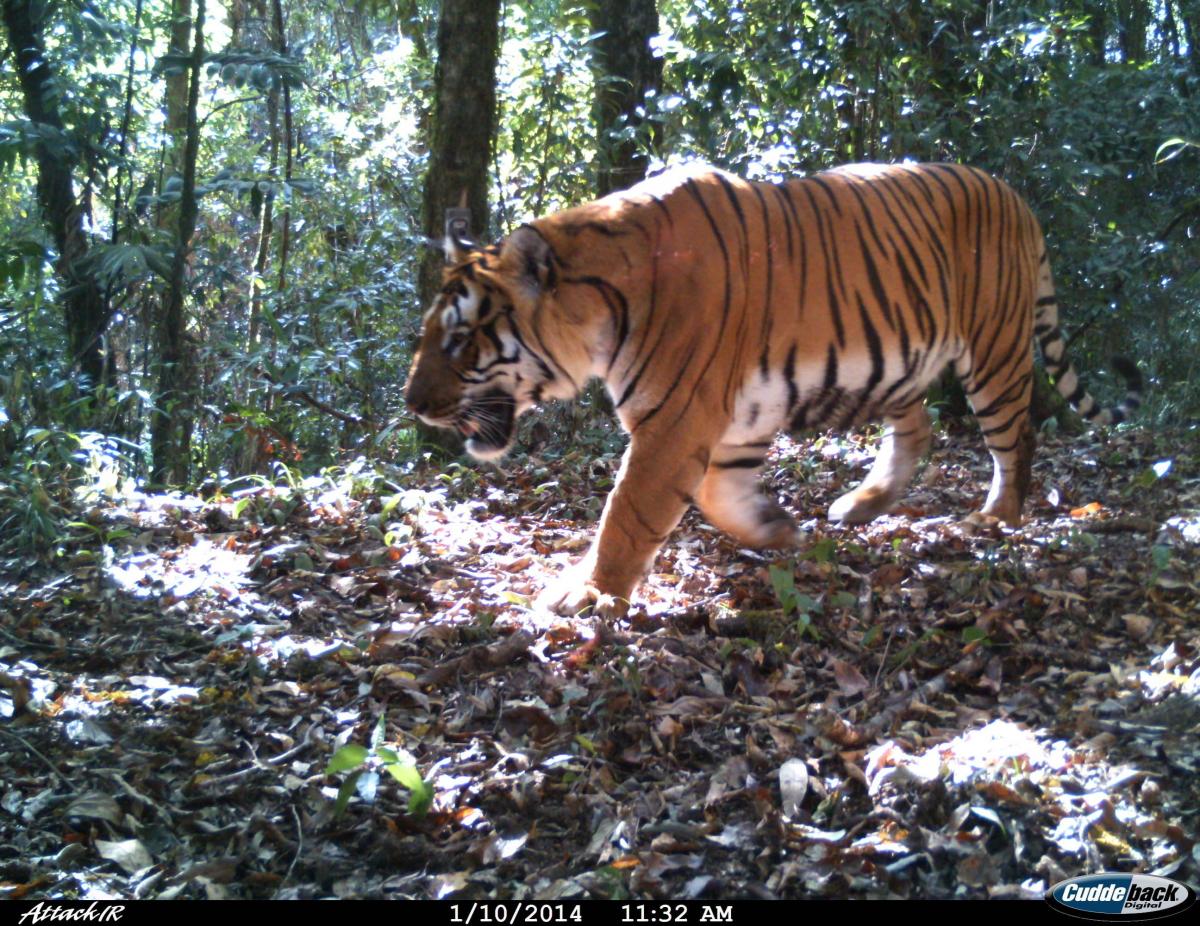Pilibhit Tiger Reserve in India wins the inaugural TX2 Award after doubling its tiger population
Pilibhit Tiger Reserve has won the inaugural TX2 Award, presented by CATS, Global Tiger Forum, IUCN, UNDP, The Lion’s Share and WWF, for its remarkable contribution to tiger conservation.
The awards celebrate the 10-year anniversary of all 13 Tiger Range Countries committing to double the global population of wild tigers by 2022 - a goal known as TX2.
The TX2 goal is one of the most ambitious conservation goals ever set for a single species and the Tiger Summit in 2022, the next Year of the Tiger, offers the opportunity to set a new vision to secure their future.
Nestled in northern India, Pilibhit Tiger Reserve is one of the narrowest tiger reserves in India. And amazingly, the surrounding areas support among the highest human population densities of all tiger conservation landscapes globally. Yet the tiger population of Pilibhit Tiger Reserve doubled over the last decade and stands at 65 as of 2018.
How did they increase the tigers in this new protected area?
The forest lies in a heavily populated landscape where grasslands and agricultural land blend with the edge of the forest. Pilibhit’s forests are occupied by people all year round, so it can be difficult to find a balance between wildlife and people. But with every challenge there is an opportunity.
There have been a number of key successes to Pilibhit doubling it’s tiger population. Like every animal, tigers need to eat. To increase the number of prey in the reserve for tigers, habitats such as forests and grasslands have been greatly improved. Another key success is the investment of technology to improve patrolling and monitoring by reserve managers. Better equipping them reduces the threat of poaching and ensures the corridor is a safe haven for tigers and other wildlife moving through it.
Even with these solutions there remains challenges. Because of its geography and the extensive cultivation of sugarcane, agricultural areas that surround Pilibhit act as an extension of natural habitats. This means tigers and other species often move beyond forest boundaries. It is an immense challenge, there is a real risk of close encounters between people and tigers which tragically results in both human fatalities and retaliatory killing of tigers. WWF-India is working closely with the government, other agencies and communities to better manage the impacts of conflict, making the landscape safer for both people and tigers.
The increase of tiger populations in Pilibhit demonstrates that committed efforts and investment in conservation can quickly yield results in areas where tigers are supported.
Midori Paxton, Head of Ecosystems and Biodiversity at UNDP, elaborated on the scale of this success, saying
"Doubling the number of wild tigers seemed like an impossible task given the proximity and size of the region’s human population. We have been happily proven wrong. The award-winning reserves give us the hope that it is possible to rebuild our relationship with nature and that we can co-exist. This is a prerequisite and a foundation for sustainable development."
Dr Sugoto Roy, Coordinator, Integrated Tiger Habitat Conservation Programme (ITHCP) Global Species and Key Biodiversity Areas Programme, at IUCN, added,
"The Pilibhit Tiger Reserve has shown remarkable development as a protected area over the last few years. The tiger population has grown, together with the populations of other species of conservation concern, and with it, the management practices of the park and the development of its staff. By working with local communities, the park has minimised human wildlife conflicts whilst improving tangible benefits to people living in the area."
This award is supported by CATS, Global Tiger Forum, IUCN, UNDP, The Lion’s Share and WWF.






